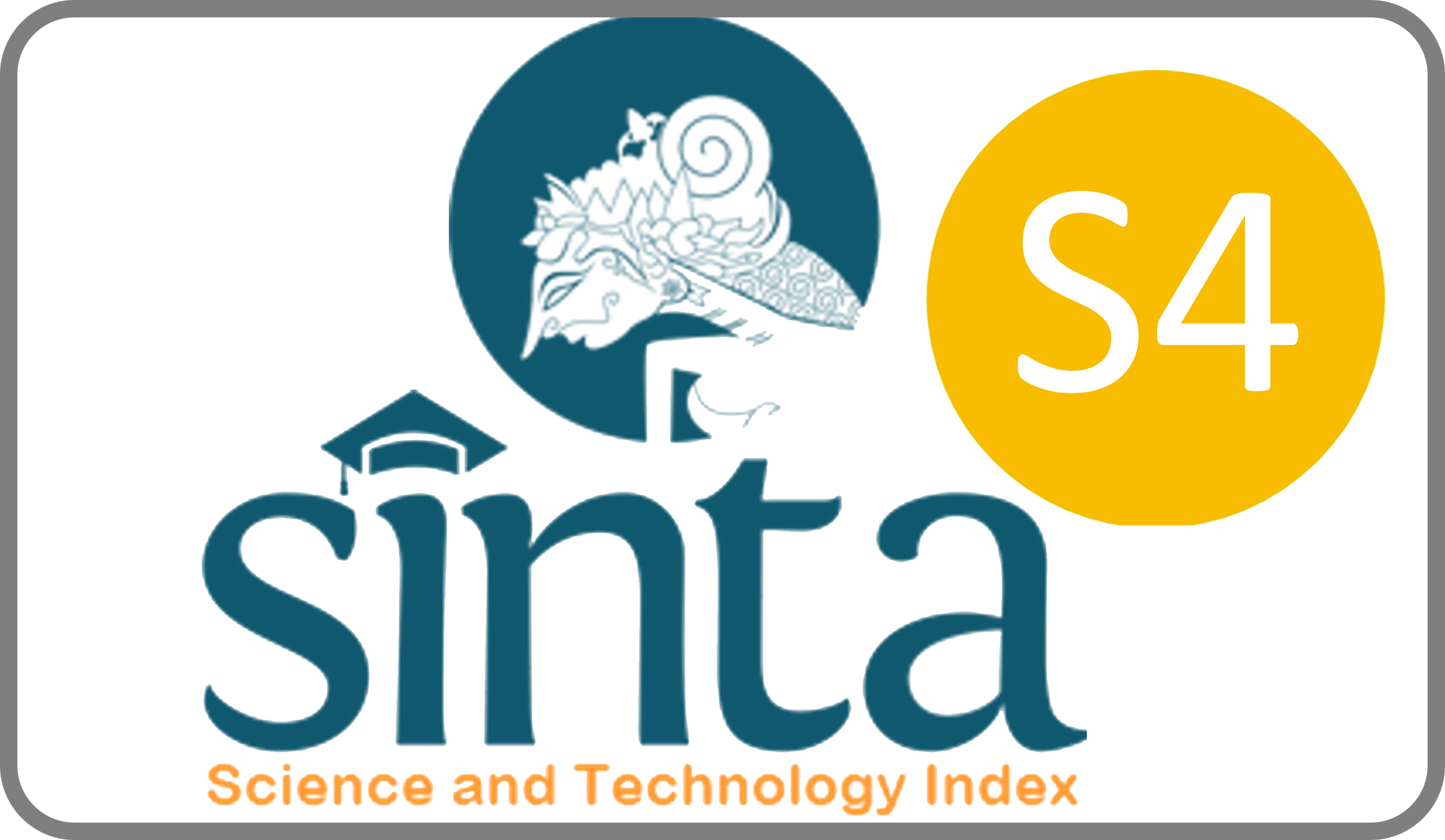CAPACITY EXPANSION AND INSTALLATION OF SURGE PROTECTION DEVICE IN SOLAR POWER PLANT SYSTEM FOR HYDROPONICS FARMER
Downloads
Community service has been carried out in Pasuruan, Eastern Java. A hydroponics farming system, run by a group of farmers in Kecamatan Gempol, consumes electric energy provided by a 900 Wp solar power system. The power plant is equipped with two batteries, 12 V 100 Ah, with a Depth of Discharge (DoD) of 80% each, which enables the power system to store the energy of 1920 Wh as a reserve. According to the farmer's report, one of the essential components in the solar power system was damaged twice due to lightning strikes at an adjacent time. Also, the hydroponics system is unable to run all night continuously due to the insufficient capacity of the storage system. Therefore, surge protection devices (SPD) are installed in the solar power plant system to protect crucial components from damage caused by lightning strikes. Furthermore, this activity adds two more batteries to the system that double the energy reserve to extend the operating hours of hydroponics electrical equipment when sunlight is unavailable. The work also created a new hydroponics platform with 126 holes as a part of capacity expansion to meet the market demands. Extra protection against insects is also provided by shielding the hydroponics platforms close to the bushes with the insect net.
Food and Agriculture Organization of the United Nations (FAO). (2011). FAO in the 21st century: Ensuring food security in a changing world. Food and Agriculture Organization of the United Nations.
Baiyin, B., Tagawa, K., & Gutierrez, J. (2020). Techno-economic feasibility analysis of a stand-alone photovoltaic system for combined aquaponics on drylands. Sustainability, 12(22), 9556.
Lobillo-Eguíbar, J., Fernández-Cabanás, V. M., Bermejo, L. A., & Pérez-Urrestarazu, L. (2020). Economic sustainability of small-scale aquaponic systems for food self-production. Agronomy, 10(10), 1468.
Lages Barbosa, G., Almeida Gadelha, F. D., Kublik, N., Proctor, A., Reichelm, L., Weissinger, E., ... & Halden, R. U. (2015). Comparison of land, water, and energy requirements of lettuce grown using hydroponic vs. conventional agricultural methods. International journal of environmental research and public health, 12(6), 6879-6891.
Gleick, P. H. (2010). Roadmap for sustainable water resources in southwestern North America. Proceedings of the National Academy of Sciences, 107(50), 21300-21305.
Chel, A., & Kaushik, G. (2011). Renewable energy for sustainable agriculture. Agronomy for sustainable development, 31(1), 91-118.
Ahmad, S. W., Yanti, N. A., Muhsin, M., & Dewi, W. O. N. T. (2021). Kemandirian Pangan pada Masa Pandemik Covid-19 melalui Penerapan Teknologi Hidroponik di Kelurahan Wundudopi Kecamatan Baruga Kota Kendari. Jurnal Pengabdian Pada Masyarakat, 6(1), 315-323.
Furoidah, N. (2019). PKM PEMBERDAYAAN KELOMPOK PKK DENGAN MODEL URBAN FARMING DI DESA DAWUHAN LOR, KECAMATAN SUKODONO, LUMAJANG, JAWA TIMUR. Jurnal Layanan Masyarakat (Journal of Public Services), 3(1), 6-10.
Kusumaningsih, T., Ridwan, R. D., & Sidarningsih, S. (2021). PELATIHAN DAN PENYULUHAN MANFAAT CIPLUKAN BAGI KESEHATAN DAN BUDIDAYANYA DI KECAMATAN SUMBERWRINGIN DAN KECAMATAN MAESAN KABUPATEN BONDOWOSO. Jurnal Layanan Masyarakat (Journal of Public Services), 5(2), 292-301.
Maharani, Y., Hidayat, P., Rauf, A., & Maryana, N. (2018). Kutudaun (Hemiptera: Aphididae) pada gulma di sekitar lahan pertanian di Jawa Barat beserta kunci identifikasinya. Jurnal Entomologi Indonesia, 15(2), 74-84.
Pangestu, W. W. (2017). Komposisi Spesies Parasitoid Kutu Daun pada Beberapa Jenis Tanaman Inang.
Leutron. (2021). Lightning and Surge Protection, Leutron Catalogue. Leutron GmBH.
Copyright (c) 2023 Rizki Putra Prastio, Prisma Megantoro, Galih Satrio Jati, Ihsan Nurkhotib, Nara Atthama

This work is licensed under a Creative Commons Attribution-ShareAlike 4.0 International License.
JLM by Unair is licensed under a Creative Commons Attribution-ShareAlike 4.0 International License.
1. The journal allows the author to hold the copyright of the article without restrictions.
2. The journal allows the author(s) to retain publishing rights without restrictions
3. The legal formal aspect of journal publication accessibility refers to Creative Commons Attribution Share-Alike (CC BY-SA).
4. The Creative Commons Attribution Share-Alike (CC BY-SA) license allows re-distribution and re-use of a licensed work on the conditions that the creator is appropriately credited and that any derivative work is made available under "the same, similar or a compatible license”. Other than the conditions mentioned above, the editorial board is not responsible for copyright violation.


















